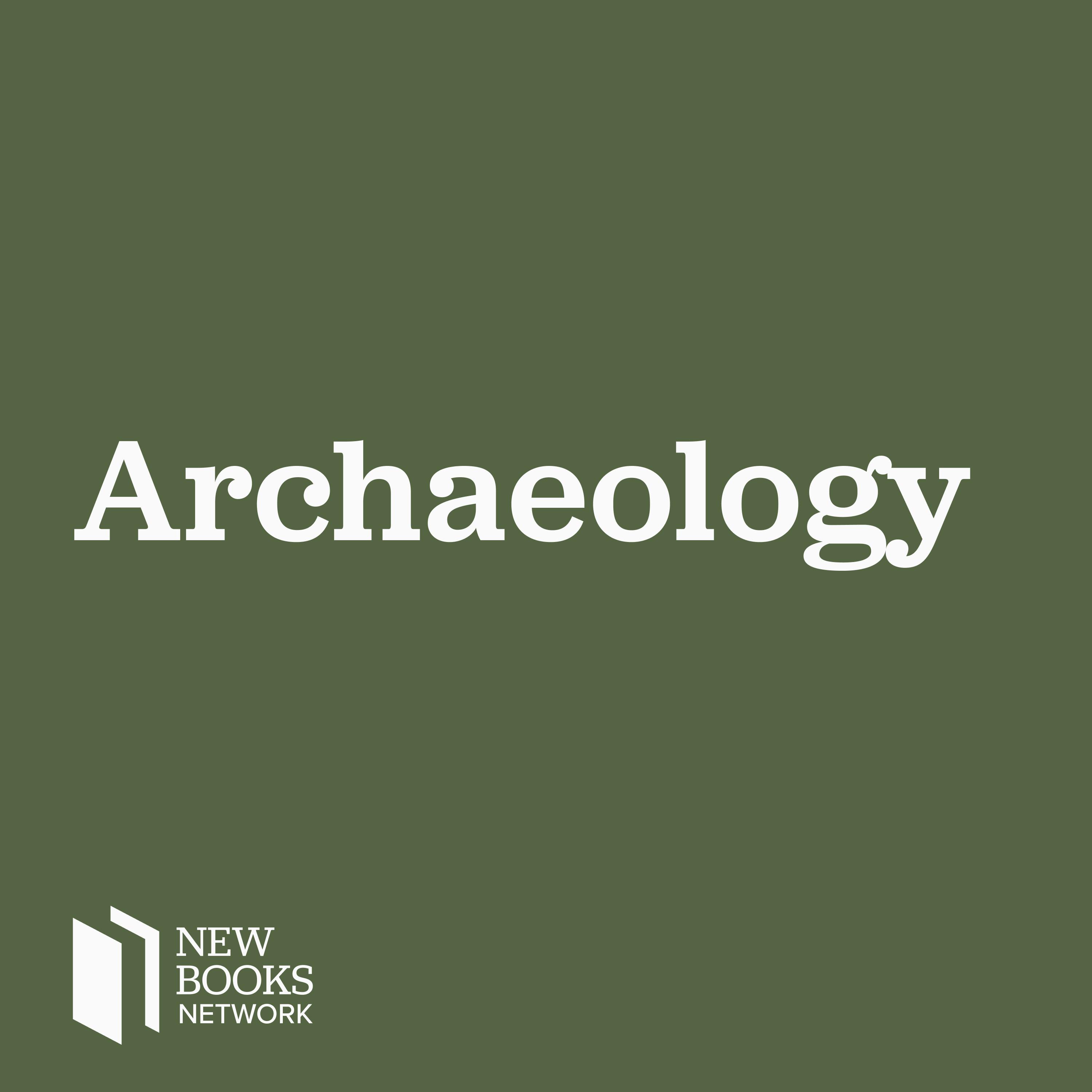Trenton W. Holliday, "Cro-Magnon: The Story of the Last Ice Age People of Europe" (Columbia UP, 2023)
Description
During the Last Ice Age, Europe was a cold, dry place teeming with mammoths, woolly rhinoceroses, reindeer, bison, cave bears, cave hyenas, and cave lions. It was also the home of people physically indistinguishable from humans today, commonly known as the Cro-Magnons. Our knowledge of them comes from either their skeletons or the tools, art, and debris they left behind.
Cro-Magnon: The Story of the Last Ice Age People of Europe (Columbia UP, 2023) tells the story of these dynamic and resilient people in light of recent scientific advances. Trenton Holliday-a paleoanthropologist who has studied the Cro-Magnons for decades-explores questions such as: Where and when did anatomically modern humans first emerge? When did they reach Europe, and via what routes? How extensive or frequent were their interactions with Neandertals? What did Cro-Magnons look like? What did they eat, and how did they acquire their food? What can we learn about their lives from studying their skeletons? How did they deal with the glacial cold? What does their art tell us about them?
Holliday offers new insights into these ancient people from anthropological, archaeological, genetic, and geological perspectives. He also considers how the Cro-Magnons responded to Earth's postglacial warming almost 12,000 years ago, showing that how they dealt with climate change holds valuable lessons for us as we negotiate life on a rapidly warming planet.
Melek Firat Altay is a neuroscientist, biologist and musician. Her research focuses on deciphering the molecular and cellular mechanisms of neurodegenerative and neurodevelopmental disorders.
Learn more about your ad choices. Visit podcastchoices.com/adchoices
Support our show by becoming a premium member! https://newbooksnetwork.supportingcast.fm/archaeology
More Episodes
In Xiongnu: The World’s First Nomadic Empire (Oxford UP, 2024), Bryan K. Miller weaves together archaeology and history to chart the course of the Xiongnu empire, which controlled the Eastern Eurasian steppe from ca. 200 BCE to 100 CE. Through a close analysis of both material artifacts and...
Published 05/01/24
Published 03/31/24
Books about the origins of humanity dominate bestseller lists, while national newspapers present breathless accounts of new archaeological findings and speculate about what those findings tell us about our earliest ancestors. We are obsessed with prehistory—and, in this respect, our current era...
Published 03/31/24


